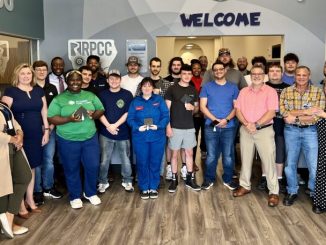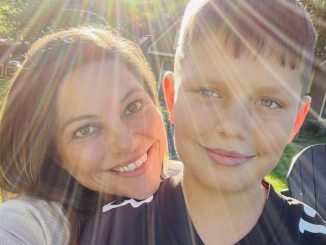
13-year-old helping South Louisiana’s ecosystem
When Grace Rawls learned hyacinths were not good for wetlands as a junior keeper at the Audubon Zoo, this 13-year-old wonder kid jumped to action.
“I feel excited and so glad it’s actually helping,” Rawls said.
The Montz student brought what she learned at the zoo in New Orleans to Swamp School at Harry Hurst Middle School and then rallied her friends to action, and she made a difference.
Barry Guillot, their Swamp School teacher, agreed.The hyacinth is an invasive species known for removing oxygen from the bayous. Its arrival dates back to the 1884 World’s Fair when they were brought it to Louisiana to clean water in ponds.
“Now, it’s a billion dollar problem for Louisiana, choking waterways,” Guillot said. “They actually pollute the water, as well as block sunlight.”
Guillot said Rawls and her friends were excited about collecting the plants to help South Louisiana’s ecosystem.“I was extremely surprised when it started to get bigger,” she said. “Each day we went out canoeing there were less hyacinths.”
She got her Girl Scout troop gathering hyacinths, as well as Swamp School students, Wetland Watchers and even fellow volunteers at the Audubon Zoo.
Jamie Jackson, the Audubon Zoo’s youth development coordinator, said she was thrilled over Rawls’ efforts.“During Junior Keeper training, we try to expose our volunteers to as many different environmental issues as possible,” Jackson said. “A big one here in Louisiana is invasive species. Water hyacinth is one of the most widespread invasive in our area.”
Jackson added she loves to hear about their youth volunteers helping their communities.
Rawls loves the environment, which is evident in her efforts to save it and her plan to becomes a veterinarian.Ecosystems provide the essentials for life, for both people and animals, she said.
“I feel very excited, and so glad it’s actually helping,” Rawls said. “I’d love to keep it going. I’d do anything I can to aid the ecosystem of Southeast Louisiana.”




Be the first to comment